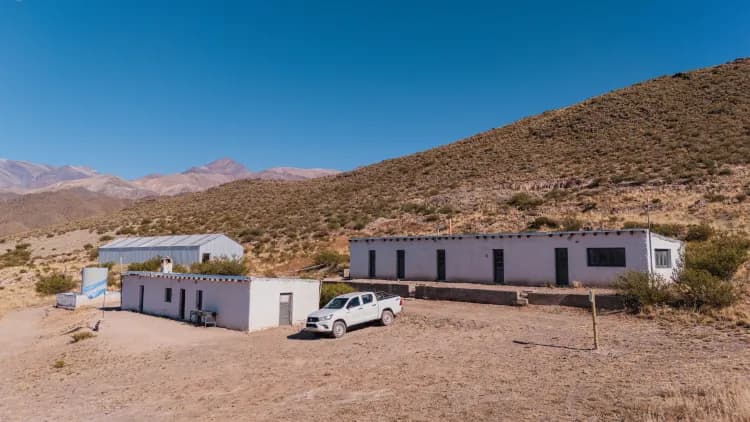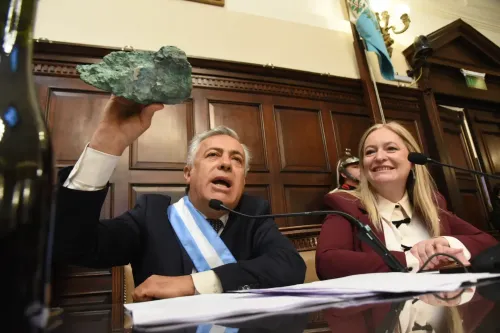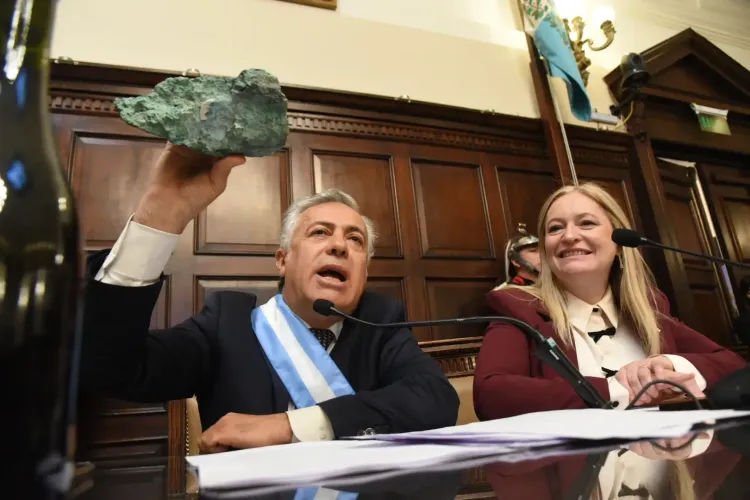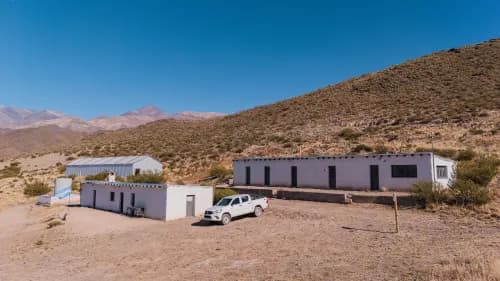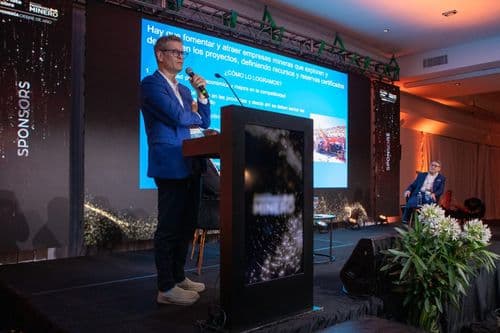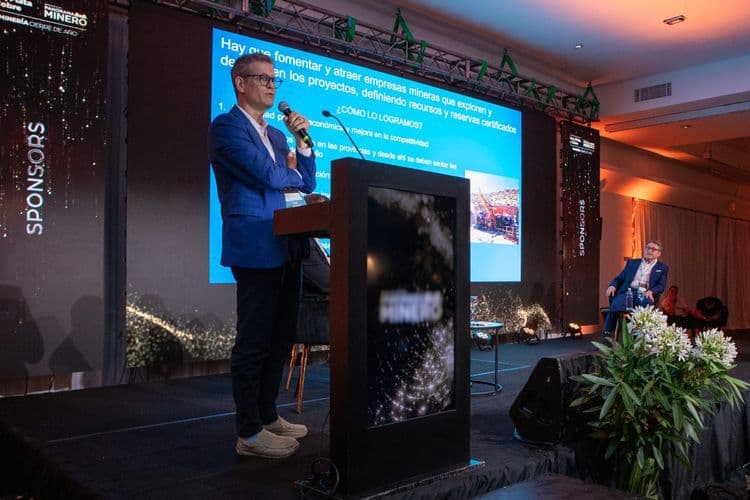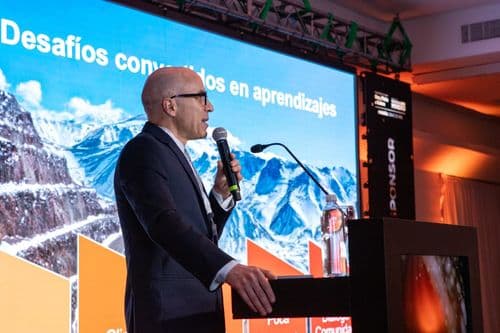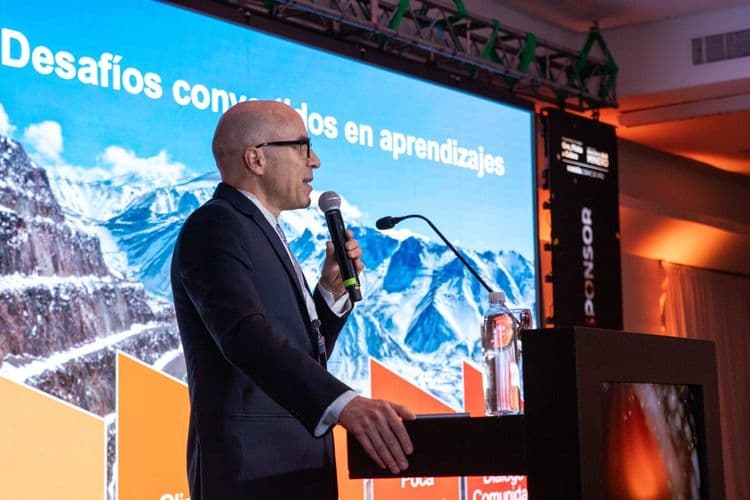The recently approved Law 27,742 includes 65 articles aimed at providing incentives and guarantees to foster and attract private investments in projects that contribute to the development of the local economy.
By Julia Adano
Partner, Tax Leader, Grant Thornton Argentina

Title VII of the Law on Bases and Starting Points for the Freedom of Argentinians (Law on Bases) - which has already been regulated - establishes the Large Investment Incentive Regime (RIGI or "the Regime"), providing incentives, certainty, legal security, and a system for the protection of rights for private investments of USD 200,000,000 or more in a single project.
“This is a model designed to boost and promote private investment, both national and foreign, in projects that contribute to the development of the Argentine economy, the realization of necessary infrastructure works, job creation, and the positioning of the country as a strategic supplier in global markets.”
This Law considers large investments as those involving plans in the sectors of forestry, tourism, infrastructure, mining, technology, steelmaking, energy, oil, and gas, which include the acquisition, production, construction, and/or development of assets dedicated to activities, with an investment amount in computable assets equal to or greater than two hundred million U.S. dollars.
This minimum investment amount must be completed by the deadline indicated in the investment plan. The investment commitment should, in principle, include 40% of the investment during the first two years from the approval date, and investments must be long-term.
However, the Executive Power may establish higher minimum investment amounts in computable assets by productive sector or production stage, with a limit of USD 900,000,000.
“Investments that contribute to positioning Argentina as a new long-term supplier in global markets where it currently lacks significant participation and are equal to or greater than USD 1,000,000,000 may be classified by the competent authority as ‘Strategic Long-Term Export Projects’ and receive differential benefits.”
The deadline to adhere to the RIGI is two (2) years from the entry into force of the regime –extendable once for a period of up to one (1) year– and is only available to Single Project Vehicles (SPVs) that present an investment plan and obtain approval from the competent authority.
SPVs must have as their sole and exclusive purpose the execution of one or more phases of a single project that qualifies as a "large investment." Commercial companies, branches of foreign companies, temporary unions (UTE), and other associative contracts, as well as dedicated branches, can be considered SPVs.
“Dedicated branches are those formed from a legal entity that develops one or more activities not part of the investment project, to ‘isolate’ the assets dedicated to it. They must be registered in the corresponding public registry, obtain a Unique Tax Identification Code (CUIT), register independently for the relevant taxes, and maintain separate accounting from the parent company.”
“These branches must have as their sole purpose the development of the investment project for which RIGI inclusion is requested. Additionally, they must have assigned capital and only the assets, liabilities, and personnel that will be dedicated to the investment project. All incentives and benefits obtained from RIGI adherence will be enjoyed solely by the branch.”
A Challenging Regime
“We highlight that this is a broad and challenging regime, as it is not directed at a single sector of the economy or a single region of the country, and the tax benefits are not limited to specific taxes but cover the entire tax, customs, and exchange system.”
Additionally, by declaring projects within the regime as "national interest" under our National Constitution, the aim is to create a model that provides certainty, legal security, and special protection for investors against potential failures by the public administration.
In this regard, the Executive Power emphasizes that there will be no “rule changes,” and therefore, the chapter on Fiscal Stability becomes relevant. This chapter contains provisions aimed at providing the Regime with the necessary legal security to ensure the stability of the benefits and rights granted to investors in these projects.
Thus, SPVs will enjoy tax, customs, and exchange stability for 30 years and cannot be affected by the repeal of this law or the creation of more burdensome or restrictive regulations than those provided in the RIGI. Additionally, the provinces and municipalities that adhere cannot impose new local levies on SPVs, except for retributive fees for services actually rendered.



